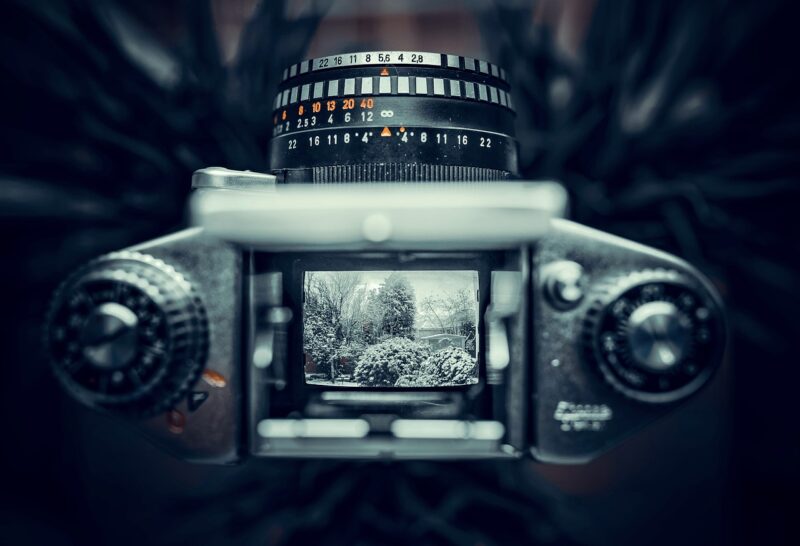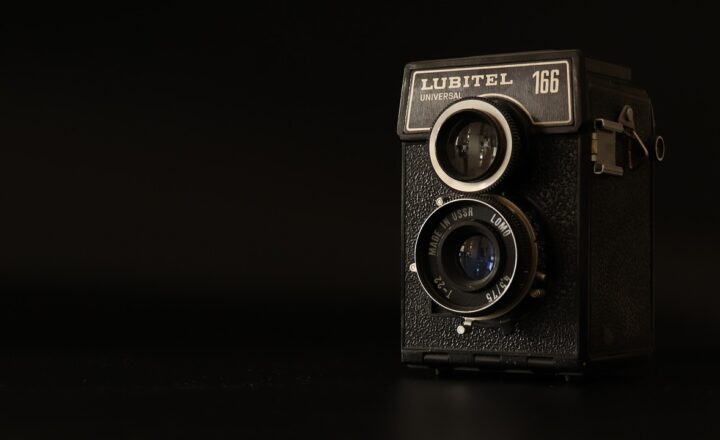
Photography is an art form and a means of communication that has evolved tremendously since its inception. This article explores the fascinating journey of photography, tracing its development from the early chemical processes of the 19th century to the digital revolution of the 21st century.
1. The Beginnings: Camera Obscura and Early Experiments
The concept of capturing images dates back to ancient times, with the earliest known device being the camera obscura. Used by philosophers and scientists as far back as the 5th century BC, the camera obscura was a simple optical device where light passed through a small hole in one side of a darkened room, projecting an inverted image of the outside world onto the opposite wall.
Though the camera obscura did not create permanent images, it laid the groundwork for the development of photography. In the late 18th and early 19th centuries, inventors began experimenting with chemical processes that could capture and preserve these fleeting images.
2. The Birth of Photography: Daguerreotype and Calotype
In 1839, French inventor Louis Daguerre unveiled the daguerreotype, the first successful method of capturing a permanent image. The process involved exposing a silver-coated copper plate to light for several minutes, developing it with mercury vapor, and fixing the image with salt. This revolutionary technique produced a clear and detailed photograph, making Daguerre the father of modern photography.
At nearly the same time, English inventor William Henry Fox Talbot developed the calotype process. While the daguerreotype produced a single image, the calotype allowed for multiple prints from a single negative, using a paper-positive process. Both techniques recognized the potential for photography not only as an art form but also as a medium for documentation and communication.
3. The Advancements of the 19th Century
The rest of the 19th century saw rapid advancements in photography. In the 1850s and 1860s, the introduction of collodion wet plates allowed photographers to create glass negatives that were significantly sharper than their predecessors. This innovation reduced exposure times and increased detail, making photography accessible to a broader audience.
Across the Atlantic, civil war photography emerged showcasing the real and raw experiences of war. Photographers like Matthew Brady captured haunting images that conveyed the horrors of battle, demonstrating photography’s ability to inform and move the public.
In 1888, George Eastman introduced the Kodak camera, making photography available to the masses. The slogan ‘You press the button, we do the rest’ revolutionized the industry, allowing everyday people to capture memories without needing to understand complex photographic techniques.
4. The Rise of Color Photography
The pursuit of color photography began almost as soon as black and white photography was established. The first successful color process, autochrome, was introduced in 1907 by the Lumière brothers. Autochrome utilized colored grains of starch, enabling beautiful and vivid color images that captivated the public.
The mid-20th century witnessed further advancements with the development of Kodachrome film in the 1930s, which offered richer colors and less grain. By the 1960s and 70s, color photography became the standard for both amateur and professional photographers, marking a significant evolution in the art form.
5. The Digital Revolution: A New Era
By the late 20th century, photography was on the brink of another massive transformation with the advent of digital technology. The introduction of digital cameras in the 1990s brought about a paradigm shift, replacing traditional film with electronic sensors capable of capturing high-resolution images.
Digital cameras offered numerous advantages:
- Instant Review: Photographers could immediately view their images on an LCD screen, eliminating worries about exposure and developing film.
- Storage Capacity: With memory cards replacing bulky rolls of film, thousands of images could be stored and easily transferred to computers.
- Post-Processing: Powerful software like Adobe Photoshop revolutionized image editing, allowing for unparalleled creativity and correction after the photo was taken.
The transition to digital not only transformed how photographers capture images but also how they share and disseminate them. Social media platforms like Instagram and Pinterest changed the landscape of photography by enabling instant sharing with a global audience.
6. The Future of Photography: New Technologies and Trends
Today, photography continues to evolve with the integration of artificial intelligence (AI), drone technology, and smartphones equipped with advanced camera systems. AI technology is making editing and organizing images easier than ever, while drones allow photographers to capture breathtaking perspectives previously only attainable through extensive effort or expense.
As innovative tech trends emerge, the art of photography remains vibrant and relevant, driving creativity and exploration in visual storytelling.
As we look to the future, one must also ponder how photography will further change and adapt. The democratization of photography through smartphones and social media ensures that everyday individuals can contribute to the visual tapestry of our collective experience.
Conclusion: The Enduring Impact of Photography
The history of photography showcases the creatives’ and innovators’ relentless pursuit of capturing life’s fleeting moments. From the simple camera obscura to the sophisticated digital cameras we have today, photography has transformed how we perceive the world and communicate with one another. It is both an art form and a powerful documentary tool, encouraging exploration and expression across cultures and time.
As we embrace new technologies and techniques, photography’s future looks bright, poised to inspire the next generation of artists and storytellers. Whether through the lens of a professional DSLR or the click of a smartphone, photography remains a vital part of our lives, continually evolving as an art form that connects humanity.








